Ukraine, which has received M777 howitzers, 270 Multiple-Launch Rocket Systems (MLRS) and other weapons as military support from developed countries, including the United States, since late June 2022, continues to oppose Russia in order to regain its own lands. Russia, which has been steadily expanding its territories, except the northern part of Kiev since its invasion of Ukraine began on February 14 2022, has accused its supporters on Russian state television that “these military supports to Ukraine will add fuel to the flames. As Russia mentioned, the emerging trend on the Ukrainian side has continued to deteriorate.
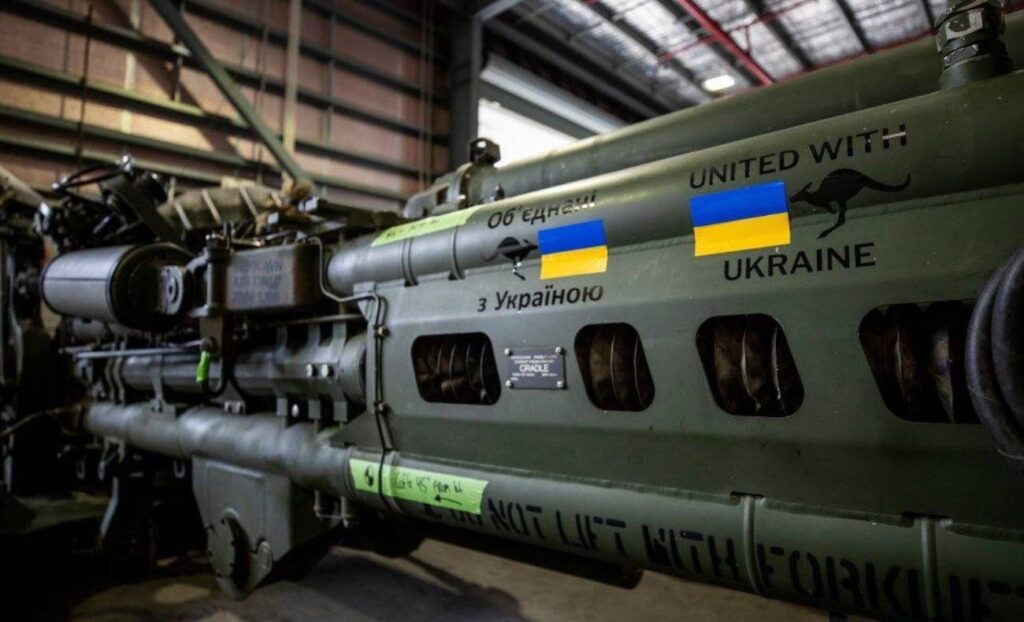
*Source: MilitaryLand.net
With the new equipment in hand, the Ukrainian military has stepped up its attacks on military-related facilities in Russian-occupied territory, but it has also inflicted many casualties on Russian civilians, and reports of these damages are being reported daily in Russia. As a result, public opinion in Russia has turned hard-line. This has made us realize that Russia, like the U.S., is a nation that always seeks retribution.
The daily airstrikes on Halykiu and missile attacks on Odesa have increased, and on the 14th, a missile attack was launched on Vinnitsa in central Russia, and on the 15th, a missile attack on Dnipro was launched.
Although the destructive power of the missiles is limited to a small area from a military-strategic point of view, depending on where the missiles land, they may cause a great deal of damage. Naturally, Ukraine will not be able to deter Russia’s aggression unless it continues its offensive activities. The Dnipro attack on January 15 marks a new phase in the war for both countries.
Dnipro has been a frontline base for the Ukrainian military and militias (including foreign volunteers) since 2014, and there are numerous weapons depots, dormitories, and training facilities on its outskirts. Japanese volunteer units (Ninja Platoon) also operate in the suburbs of Nipro.
There are many pro-Russian residents in Ukraine who, although Ukrainian civilians, report the location of their troops to Russia on a continuous basis, which is viewed as problematic. The author has been stopped several times by security officials in Kiev and had to show the IMEI (Individual Identification Identification Number) of his smartphone. In addition, the mere presence of a travel record to Russia in one’s passport can result in temporary detention.
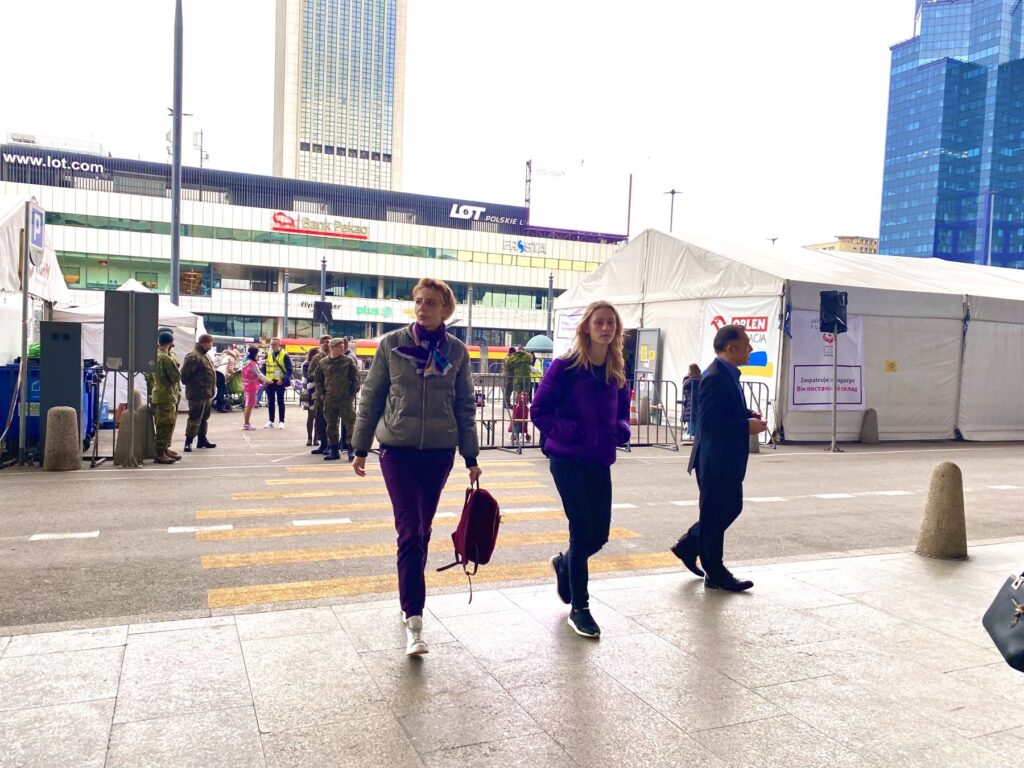
Photo taken April 2022.
Displaced Ukrainians have tended to return to Ukraine since May as the war situation has calmed down, and the cafeteria at Warsaw Central Station is scheduled to close at the end of July.
Applications for refugee visas to Japan used to be issued the next day, but now additional documents such as income certificates of guarantors and letters of reasons are required, and it takes about one month for the examination to be completed. Although stricter screening is obviously necessary, it is only a matter of time before the second wave of refugees arrive due to the escalation of the war in the Dnipro offensive, and it is doubtful that the response of countries and their supporters will be the same now that support for Ukraine has subsided. It is doubtful that each country’s response and supporters will be the same now that aid to Ukraine has subsided.
Unlike disasters, wars can be protracted, making us think again about the need for continuous support. For major aid organizations, the prolonged conflict in Ukraine has resulted in loss-making projects, and smaller typhoons and earthquakes have left more money for operating expenses.
Organizations with a strong business focus are cutting back on their activities after a short period of time. The only ones that are making a big leap forward in volunteer work in Ukraine are Ukrainian individuals and small, new organizations. Ukrainians all say the same thing: it is thanks to them that we have been able to survive until today. In Japan, the image of humanitarian aid is often associated with the Ukrainian people, but overseas volunteers are involved in a wide range of activities, including military affairs.
Japan’s support, which does not involve military assistance, is hardly known to Ukrainians back home. Humanitarian aid supplies do not make the news because Ukraine is overwhelmingly short of weapons rather than food. In some areas, the militia is said to have only one rifle for every 10 people. It reminds me of Japan during the war.
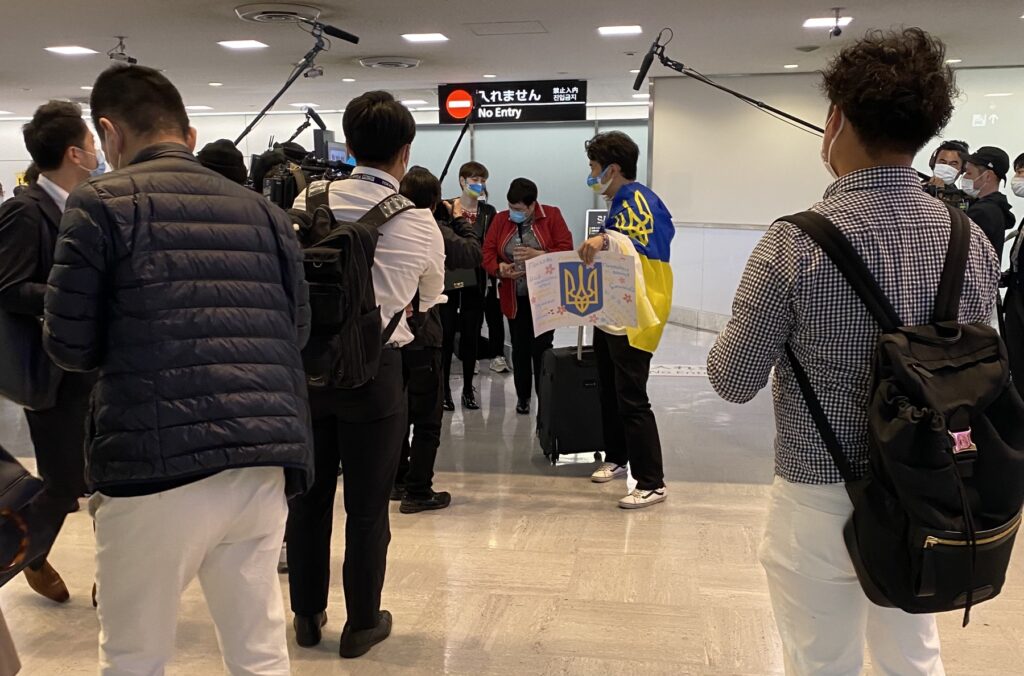
first day of service, April 9, 2022, Narita Airport Terminal 1
Japan’s assistance to Ukraine has been on an unprecedented scale and at an unprecedented speed, but the reality is that it is still considerably less than that of other countries. While the level of benefits provided to displaced people by foundations and other organizations is among the highest in the world, distribution of SIM cards and other aid has been the slowest, with only a small amount distributed through the embassy in late May with corporate sponsorship, and then distributed through local governments in July with the support of Softbank.
The disparity in support by region is also serious, with Yokohama being by far the most extensive. On July 13, the Ukrainian Ambassador also visited the site of support and exchange. According to a chat I had with an immigration official on July 15, Yokohama is by far the most popular destination.
My concern is that the number of displaced people in Japan is increasing, and aid organizations are prioritizing support for displaced people. The priority is to assist the Ukrainian people first, and there are many areas where assistance is not reaching.
If Ukraine surrenders, it will become a Russian-controlled territory, and the displaced will have no choice but to settle in Japan. It is sad that they have no home to return to, but it is becoming increasingly difficult for them to even see their families in the future. I myself am a guarantor for about 20 people, including those who are in the process of applying.
In Ukraine, the ambassadors of five countries, including Germany, were removed this month. The official announcement says that this is a normal personnel change, but we have heard rumors that the ambassadors are embezzling donations. In the case of Germany’s ambassador to Ukraine, the reason given is that he has repeatedly made offensive remarks against Germany. In fact, although not reported, it was a German government plane that carried some of the relief supplies (2 tons) gathered at the Ukrainian embassy in Japan. (Initially the storage facility was sponsored by Ali-san Mark Moving Co.)
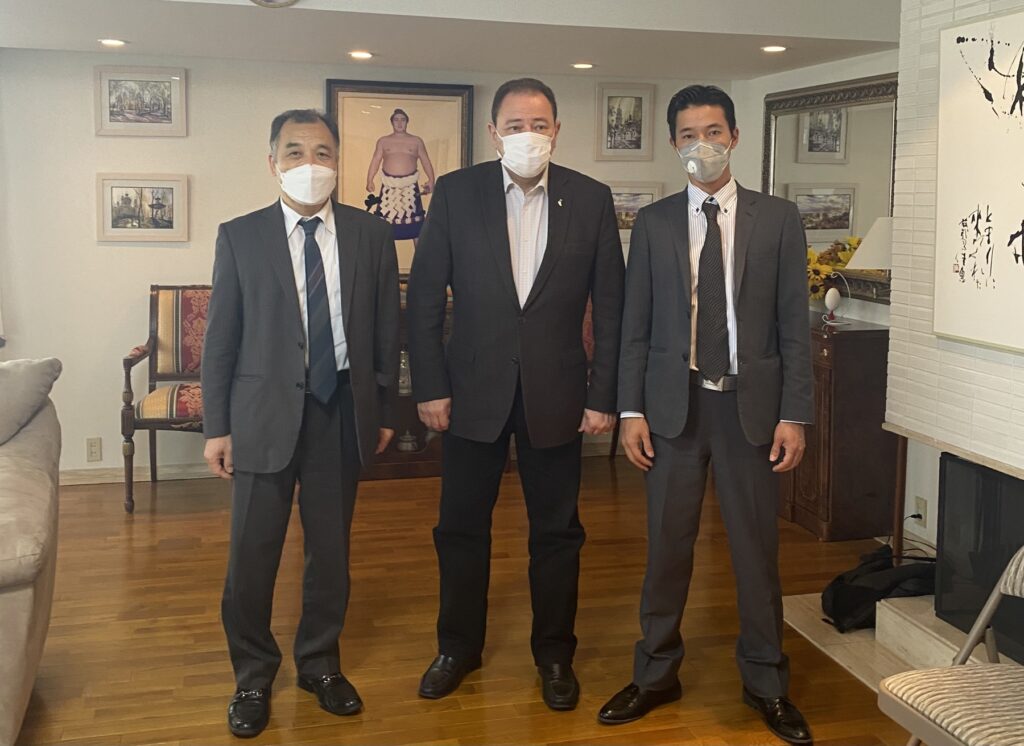
In early April, in discussions between the author and the Ukrainian Ambassador, the Embassy was approached to transport the relief supplies gathered at the Embassy to Ukraine. After sorting out the relief supplies that had priority need to be sent to Ukraine, an estimate of approximately 2 tons of cargo was given to the airline company, which replied that it would cost 1.6 million yen (about 11,757USD), but the actual cost was about 400,000 JP-Yen, and all the items could be procured within Ukraine. To save money, we declined the offer, hence Ukrainian Ambassador in Japan contacted the German Embassy and arranged for a special plane to take us there. (The flight to Narita Airport was sponsored by Sagawa Express.) We have no confirmed information, but as of mid-April, the embassy had received 5 billion yen in donations, but the budget cannot be used because the Ukrainian government decides how it will be spent. The remaining relief supplies in Japan are being provided to the displaced people in the country through a Ukrainian NPO organization. (Shipping cost is sponsored by Sagawa Express and partly covered by the Embassy.
Equality Personal Union Editorial Department
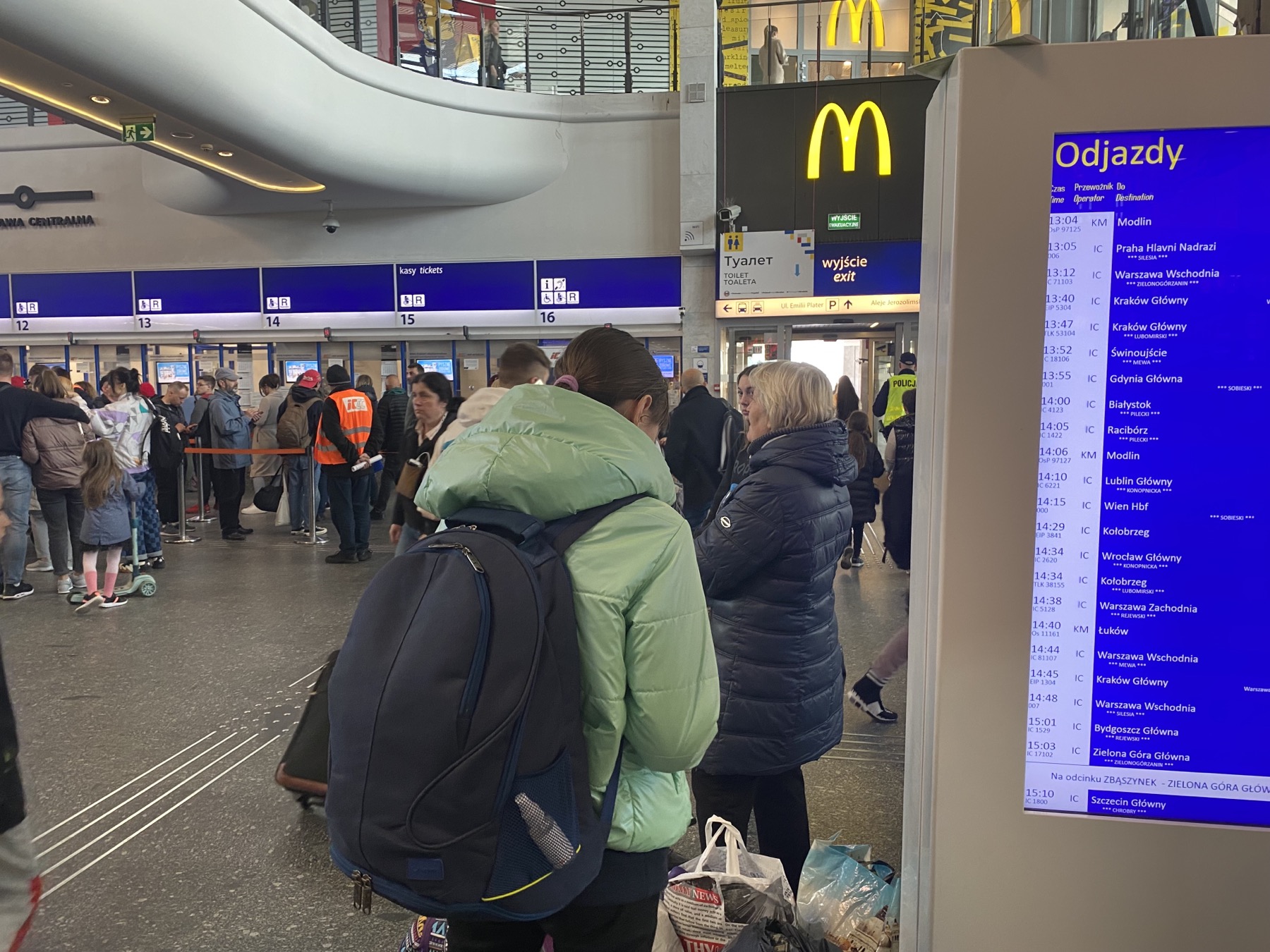
Thanks for your blog, nice to read. Do not stop.
Can I simply say what a relief to uncover somebody that truly understands what they are discussing over the internet. You certainly know how to bring an issue to light and make it important. A lot more people must look at this and understand this side of your story. I was surprised that you are not more popular given that you most certainly have the gift.